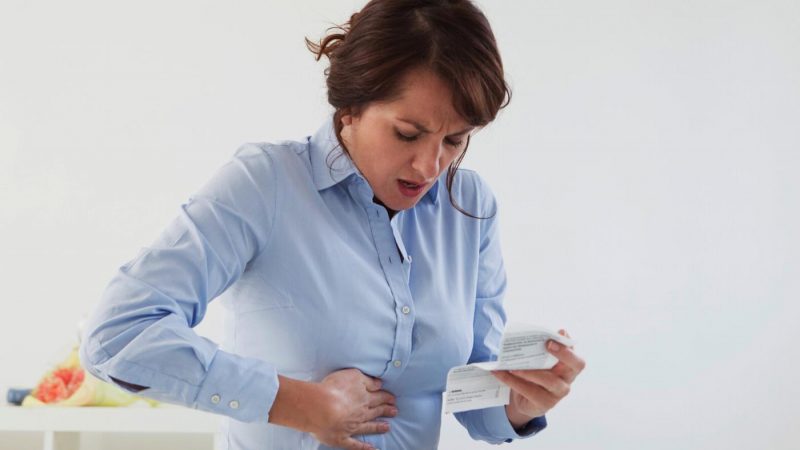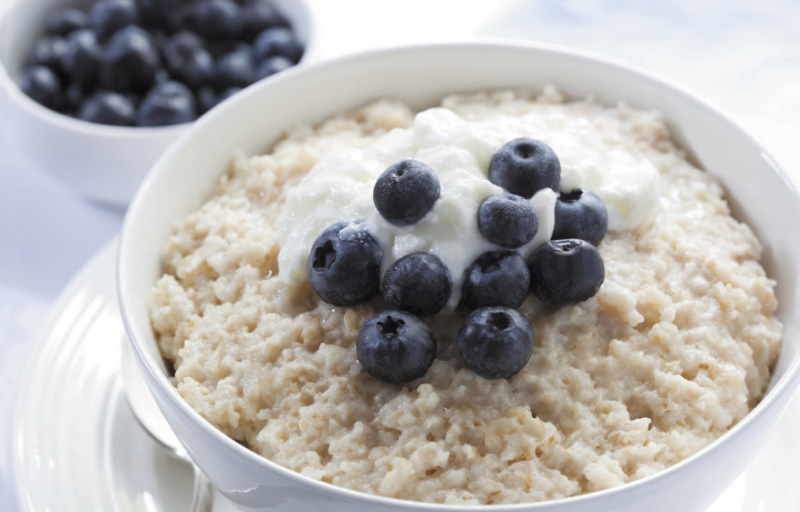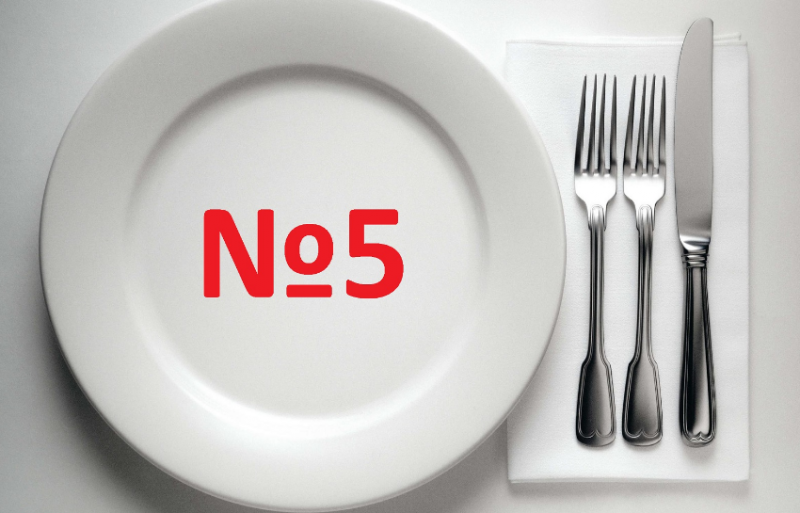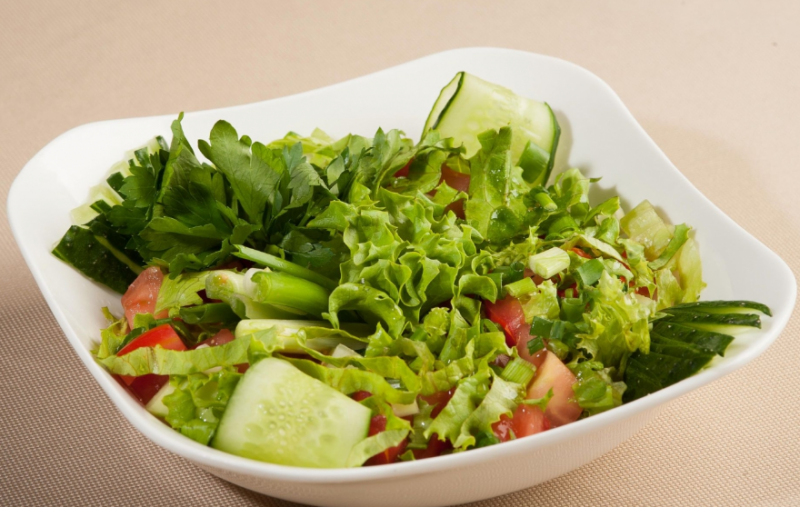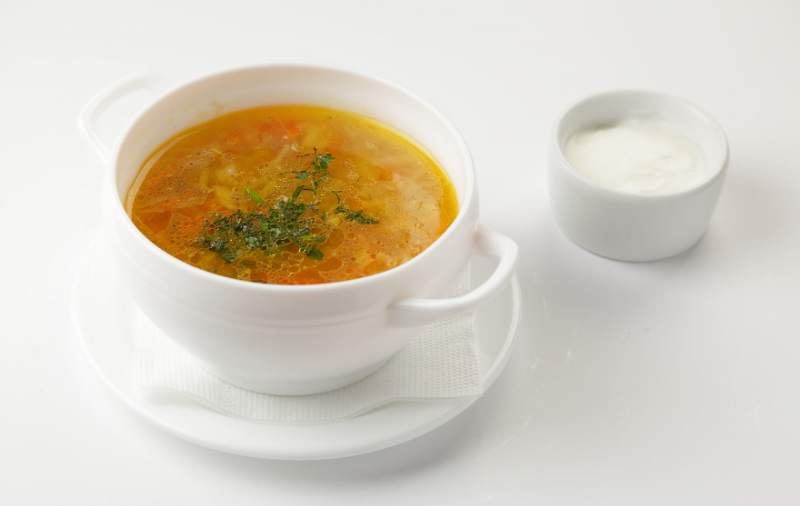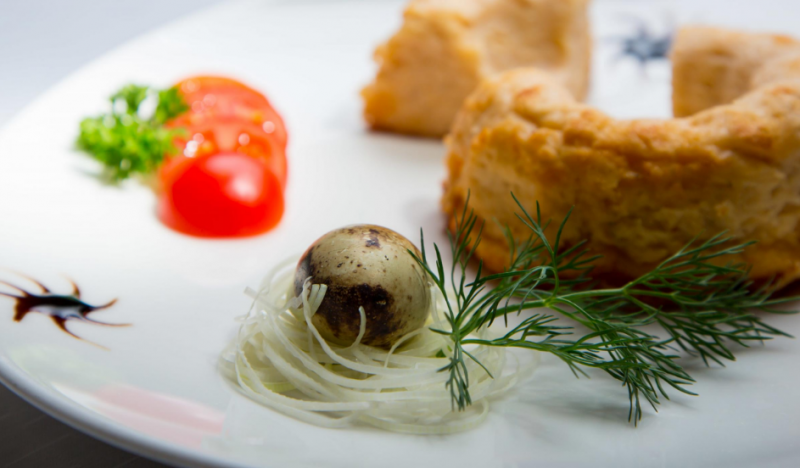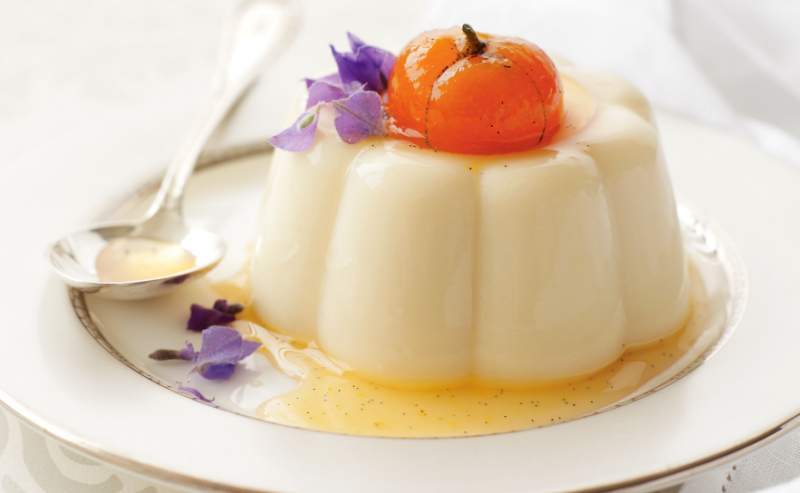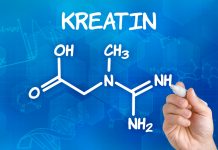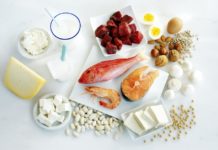Diet is an important recovery factor for the liver. At this time, refuse heavy, toxin-rich food.
Material Content:
Symptoms and causes of liver disease
It should be taken into account how much work the liver does in the body:
- participates in metabolic processes;
- produces bile, removes it into the intestines;
- sends substances necessary for an organism to blood;
- destroys toxic substances, turns them into safe ones.
Performing these functions, the liver is often subjected to overload.
There are such groups of causes of liver damage:
- Alcohol abuse. Alcohol destroys liver tissue, causing cirrhosis. The relatively harmless daily dose of various popular drinks was determined by scientists: vodka and cognac - 30 g, wine and beer - 200 - 300 g.
- Toxic drug damage. This is a consequence of the unorganized administration of drugs. The danger is also that the symptoms may not appear for years.
- Viruses, bacteria. These viruses include hepatitis of various types that provoke inflammation. The causative agents are alveococcus, roundworm, echinococcus.
- Fat metabolism failure. Accumulating fats, the liver increases. This prevents her from functioning properly.
- Other Among the reasons there are very different, less common: chemical poisoning, abdominal injuries, predisposition, etc.
Allocate common symptoms for various liver diseases (which are also characteristic for diseases of the gallbladder):
- weakening of the body, drowsiness;
- pain in the right hypochondrium;
- nausea, prolonged heartburn;
- bitter taste in the mouth;
- yellowish or pale gray skin tone, itching;
- irritability.
Symptoms specific to specific diseases are also distinguished:
- hepatosis (steatosis) is not accompanied by symptoms, except for possible severity in the liver;
- in case of hepatitis, appetite decreases, digestion worsens;
- cirrhosis is accompanied by the same symptoms, sometimes diarrhea, flatulence is added to them;
- liver cancer is signaled by an enlarged abdomen, fever (37 - 39 degrees), anemia, swelling, frequent nosebleeds, lower back pain during exertion.
Very often, symptoms do not appear at all. The disease is determined by examination. Often, the disease is “triggered” to the stage where drug methods are powerless.
Principles and features of nutrition
Treatment is prescribed individually after diagnosis. The basic principles of nutrition should be noted for the prevention of diseases.
Diet for liver disease includes the following principles:
- at the heart of the diet are proteins, fiber, vitamins;
- greatly reduce the amount of animal fat consumed;
- food should be fractional (small portions, at least 4 times a day);
- consume low-fat dairy, fish, meat products;
- safe weekly rate of eggs - 3 pcs.; eat boiled whole eggs, omelet;
- do not recommend excluding fats from the diet; their daily norm is 100 g (vegetable - 30%); the best form of eating "animal" fat - in combination with protein (in fish, dairy products);
- optimal daily portion of carbohydrates - 400 g; of this volume of simple carbohydrates should be no more than 30% (flour sweets, sugar);
- dishes are eaten warm in boiled, baked form, steamed.
Completely eliminating fats, proteins or carbohydrates is dangerous. The body becomes more susceptible to various diseases. It is important to keep a balanced menu.
List of allowed and prohibited products
The purpose of the diet is to “unload” the liver, stop inflammatory processes. The presented lists will help you figure out what you can and cannot eat with a similar diet.
Allowed Products:
- porridge;
- different types of pasta with low-fat sauce (small amount);
- low-fat dairy products;
- lean meat (veal, rabbit, turkey, chicken);
- low-fat fish;
- boiled, baked eggs, as well as they are steamed;
- fruits (except pears);
- greens, vegetables (with the exception of legumes);
- honey (not much);
- vegetable oil (different varieties);
- lean sweets (marmalade, jelly, dry cookies, mousses, preserves, marshmallows, marshmallows);
- natural drinks (compotes, jelly, juices, weak tea of different varieties, still mineral water).
The list of prohibited products:
- fresh bread;
- Rye bread;
- strong caffeinated drinks;
- fruit juices (only very sour);
- nuts, chocolate, ice cream;
- alcohol;
- soda;
- fatty confectionery products;
- radish, onion, garlic, sorrel;
- spices;
- smoked products;
- canned food;
- animal fats;
- fatty meat, fish, dairy products;
- broths;
- fat;
- mushrooms.
It is important to abandon these products completely during an exacerbation of the disease.
Menu of the medical diet "Table No. 5"
The authorship of this diet belongs to the nutritionist Mikhail Pevzner. It is designed for a long period - about 2 years. "5 table" is a gentle, but balanced diet. It is prescribed for chronic and acute liver diseases. The daily calorie intake is 2500 - 2800 kcal.
Basic principles of diet:
- salt restriction;
- the exclusion of foods with a high concentration of cholesterol, oxalic acid;
- refusal of fried foods;
- fractional nutrition;
- fasting fluid intake.
The table will help you navigate what you can and cannot use.
| Can | It is impossible |
|---|---|
| non-sour berries, fruits, vegetables | fatty meat, milk |
| low-fat sauces (milk, berry, vegetable, fruit) | offal |
| natural juices | fried foods (especially with a crust) |
| jam, pastille, marshmallows (limited) | mushrooms |
| vegetable and butter (not much) | strong broths |
| steam puddings | bean |
| dry biscuits and cookies | canned food |
| pasta | garlic, radish, all varieties of onions |
| weak caffeinated drinks | all varieties of chocolate, ice cream |
| mild spices | pickles |
| dairy and meat products (low-fat) | soda |
| chilled drinks | |
| smoked meats | |
| alcohol |
All of the listed prohibited foods should be excluded from the diet.
An approximate two-day menu is presented in the table.
| Eating | Day 1 | Day 2 |
|---|---|---|
| Breakfast | vinaigrette with low-fat sour cream, yesterday's bread (a small slice), tea | milk oatmeal, low-fat sweet cottage cheese, tea |
| 2 breakfast | a little boiled beef, any porridge, vegetable juice | baked apple |
| Dinner | vegetable soup and 0.5 tbsp. l sour cream, boiled fish, steamed vegetables, compote | vegetable soup, steamed chicken with rice, compote |
| High tea | yogurt | sweetened rosehip broth |
| Dinner | cottage cheese casserole, tea | mashed potatoes, fish dumplings, tea |
The volume of 1 portion is about 150-200 g. The menu can be varied to your taste using healthy products.
Useful recipes
Nutrition for cirrhosis may not differ much from the usual menu. Delicious first, second courses, sweet treats are prepared from the products indicated in the diet.
Non-greasy salad
This is a mouth-watering alternative to “heavy” mayonnaise salads. Vegetables and fruits go well with chicken, cottage cheese. The salad is tender, exotic.
Structure:
- boiled chicken - 80 g;
- potatoes - 40 g;
- sweet and sour apples - 30 g;
- oranges - 30 g;
- cucumbers - 30 g;
- cottage cheese - 30 g;
- sour cream (non-greasy) - 30 g;
- salt, greens.
Stages of preparation:
- All products are cut into strips.
- The workpiece is salted, flavored with sour cream, mixed.
Other vegetables and fruits similar in taste are also added to the salad. Chicken can be replaced with turkey, beef or combine several varieties of meat.
Cabbage soup with fish, cabbage
The soup is delicious, rich and very light.
Structure:
- lean fish - 0.5 kg;
- fresh cabbage - 300 g;
- carrots, celery (small) - 1 pc.;
- onion - 1 pc.;
- vegetable oil - 30 ml;
- bay leaf - 2 pcs.;
- clean water - 3 l;
- favorite greens, salt.
Stages of preparation:
- All roots are grated.
- Onions with cabbage are salted and heated in a pan with oil for 30 minutes.
- Salted fish is fried until cooked.
- Grated roots, onions with cabbage, fish, bay leaves are introduced into boiling water.
- Cabbage soup boil for about 7 minutes.
Serve the dish a little cooled, with sour cream, herbs.
Chicken pudding
The mass is very tender, juicy and saturated.
Structure:
- boiled chicken breasts - 0.5 kg;
- boiled rice - 200 g;
- milk - 160 ml;
- butter - 10 g;
- vegetable oil - 20 g;
- salt;
- egg - 1 pc.
Stages of preparation:
- Breast is crushed in a blender into a smoothie.
- Well-boiled rice is rubbed through a dense sieve and mixed with mashed chicken.
- Salt, milk, butter are introduced into this stuffing.
- Beat the protein and inject it into the workpiece.
- Spread on the form with a foil coated with oil.
- Prepared in a professional double boiler, in a water bath or in the oven 25 min.
- Choose a temperature of at least 170 degrees.
Serve pudding with fresh or "steam" vegetables.
Milk pudding
This is a light milk dessert for anyone who loves creams and ice cream.
Structure:
- milk - 800 ml;
- starch - 40 g;
- butter - 40 g;
- sugar - 75 g;
- eggs - 2 pcs.;
- flour - 90 g;
- berry juice, vanilla, jam - to taste.
Stages of preparation:
- Yolks, sugar are ground, flour is introduced, ground again.
- Vanilla is dissolved in milk, boiled.
- A third of the boiled milk is gradually introduced into the yolks, whipped.
- The rest of the milk is poured into the mass.
- Allow the mass to boil, stirring it constantly.
- Oil, well-beaten proteins are added to the mixture.
- Bake pudding for 5 minutes. in the oven.
- The composition is poured into molds, watered with jam, juice, and cooled.
This milk dessert is slightly reminiscent of creme brulee. You can serve it in a glass with berries and fruits.
In these dishes you can enter your favorite mild spices (not much). They are served slightly cooled or at room temperature.
results
This diet is not a potent medicine.The purpose of such a diet is to stop the destruction of the liver and pancreas, to weaken the influence of negative factors. To fully restore the gland, the doctor prescribes medications and other therapeutic methods.
Diet for liver diseases is a long-term therapy that can become the base food for years. So that the diet is not too burdensome, you should use as many permitted foods as possible.


